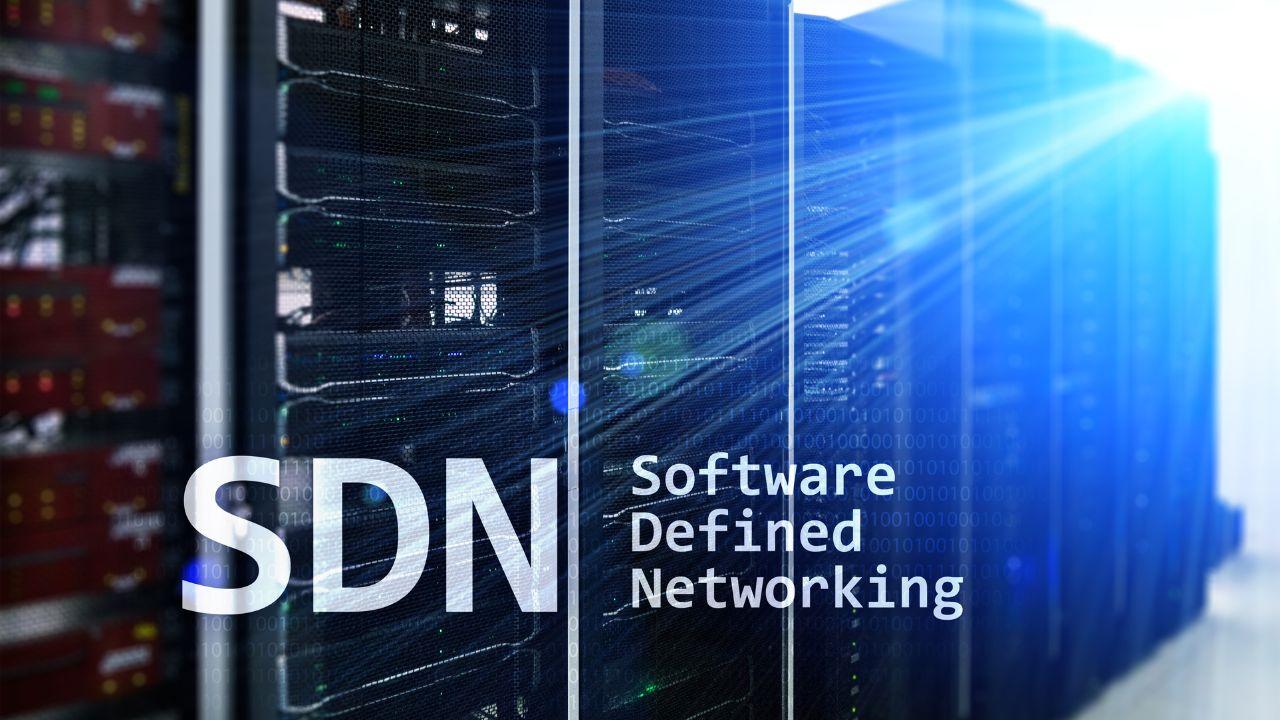The global software-defined storage market size is estimated to grow at a CAGR of nearly 30.00% in the forecast period of 2025-2034. In 2024, North America was the largest software-defined storage industry. The region is expected to offer continued maximum growth opportunities over the forecast period. This remarkable trajectory highlights how crucial software-defined storage (SDS) is becoming in a world driven by data-intensive technologies such as AI, IoT, big data, and hybrid cloud solutions.
As traditional storage infrastructures struggle to keep up with the ever-expanding data explosion, organizations are shifting to more agile and scalable alternatives. SDS is emerging as the backbone of this transformation by offering software-based control over hardware-based storage resources. Let’s explore how this technology is revolutionizing data management and driving massive growth globally.
What is Software-Defined Storage?
Software-defined storage is a data storage architecture that decouples storage hardware from the software that manages it. In simple terms, SDS abstracts storage resources and pools them across devices and locations, allowing for centralized management, greater flexibility, and automation.
Unlike traditional storage systems that are rigid and hardware-centric, SDS delivers scalability, efficiency, and agility through policy-based provisioning and automation. It supports a wide variety of storage media—ranging from SSDs and HDDs to cloud-based systems—making it an ideal solution for modern, dynamic IT environments.
Key Growth Drivers
1. Explosion in Data Volumes
Data is growing at an unprecedented rate due to the proliferation of smartphones, IoT devices, and digital services. According to IDC, global data creation is expected to grow to 175 zettabytes by 2025. Enterprises are seeking storage solutions that can handle vast quantities of structured and unstructured data with minimal operational complexity—SDS meets this need perfectly.
2. Rise of Cloud-Native and Hybrid IT Models
As businesses migrate workloads to the cloud or adopt hybrid cloud strategies, they require storage solutions that are flexible and infrastructure-agnostic. SDS offers a unified platform that integrates seamlessly across on-premises and cloud environments, making it essential in a multi-cloud era.
3. Need for Cost-Efficient Storage
One of the major challenges for enterprises is controlling the Total Cost of Ownership (TCO) for storage infrastructure. SDS reduces hardware dependency, improves resource utilization, and lowers maintenance costs by allowing the use of commodity hardware.
4. Enhanced Scalability and Flexibility
Traditional storage systems are limited in their scalability. SDS, on the other hand, offers horizontal scalability, allowing enterprises to expand capacity as needed without significant capital investment or infrastructure overhaul.
5. Adoption of AI and Machine Learning
The increasing use of AI and machine learning algorithms requires high-speed, scalable, and intelligent storage solutions. SDS supports these workloads through optimized performance and intelligent data management.
Market Segmentation Insights
By Component
-
Platforms/Software: This segment holds the largest market share due to growing demand for intelligent and automated storage management.
-
Services: Managed and professional services are witnessing rising adoption as enterprises seek assistance in deploying and optimizing SDS systems.
By Deployment
-
On-Premises: Still favored by industries requiring high control and compliance.
-
Cloud-Based: Rapidly gaining traction for its flexibility, lower upfront cost, and scalability.
By Application
-
Data Backup & Disaster Recovery
-
Surveillance Storage
-
Big Data Storage
-
Primary Storage
-
Others
Among these, big data and disaster recovery are among the fastest-growing applications due to their critical importance in maintaining business continuity and competitive edge.
North America: The Epicenter of SDS Innovation
In 2024, North America was the largest software-defined storage industry and continues to present the most lucrative growth opportunities. The presence of major technology firms, widespread digital transformation initiatives, and high cloud adoption are fueling SDS market growth in this region.
Moreover, the U.S. government’s focus on cybersecurity and data sovereignty is driving the demand for secure and scalable storage solutions. Leading players such as IBM, Dell Technologies, NetApp, and VMware are headquartered in North America, contributing to a robust innovation ecosystem.
Emerging Markets Gaining Momentum
While North America leads the charge, emerging markets in the Asia-Pacific and Latin America regions are showing tremendous promise. Increased digital infrastructure investments, growing enterprise IT adoption, and rising awareness about data-driven decision-making are propelling the SDS demand in countries like India, China, and Brazil.
Governments across these regions are investing in smart city projects and public sector digitization, further fueling the demand for scalable and agile storage solutions.
Key Players and Competitive Landscape
The global SDS market is highly competitive, with key players continuously innovating to gain a competitive edge. Major vendors include:
-
IBM Corporation
-
Dell Technologies
-
VMware, Inc.
-
NetApp, Inc.
-
Hewlett Packard Enterprise
-
Microsoft Corporation
-
Citrix Systems
-
Huawei Technologies
-
Hitachi Vantara
These players are focusing on partnerships, mergers, and acquisitions, as well as product innovations to expand their SDS offerings and cater to a diverse range of industries.
Future Outlook and Opportunities
Looking ahead, the software-defined storage market is poised to become a critical component of digital infrastructure. With an estimated CAGR of nearly 30.00% between 2025 and 2034, the growth potential is immense. Key opportunities lie in:
-
Integration with AI/ML for intelligent storage automation
-
Advanced data protection and encryption features
-
Edge computing and IoT-focused SDS solutions
-
Industry-specific SDS solutions for healthcare, BFSI, retail, and manufacturing

